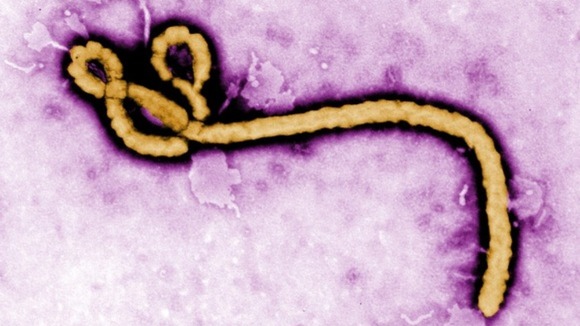In the light of recent outbreak of the Ebola virus in West Africa, the Ministry of Health, Wellness and the Environment convened a meeting on Tuesday to update stakeholders on the ministry’s preparedness and response to the Ebola situation.
The stakeholders were updated on the global situation and the present risk level in St. Vincent and the Grenadines. There was also a presentation on the virus, as well as an outline of the Ministry’s plan of action.
The plan of action includes:
- An immediate risk assessment
- Enhanced public health surveillance
- Increased public awareness
- Management of suspected cases
- Safe management of corpses
- Resource mobilization
- Psychosocial support
- Monitoring and evaluation AND
- Reporting
Thirty stakeholders, including representatives from all Schools of Medicine in SVG, the Passports and Immigration Department, the Ministry of National Security, the Ministry of Tourism and the Ministry of Health, Wellness and the Environment, participated in the discussion.
The stakeholders have committed to collaborating with the Ministry of Health, Wellness and the Environment to enhance surveillance for this virus.
Ebola virus disease (EVD) or Ebola hemorrhagic fever (EHF) is the human disease caused by the Ebola virus The virus, named for the region in the Congo (Kinshasa), where it was first identified in 1976.
Symptoms typically start two to twenty one days after contracting the virus, with a fever, throat and muscle pains, and headaches. There is then typically nausea, vomiting, and diarrhea, along with decreased functioning of the liver and kidneys. At this point, some people begin to have problems with bleeding. The disease is usually acquired when a person comes into contact with the blood or body fluids of an infected person.






